11 Best Milkweed to Grow for Monarch Butterflies
If you want to support monarch butterflies in your garden, choosing the right milkweed is the best place to start. This guide on the 11 Best Milkweed to Grow for Monarch Butterflies will help you understand which varieties are safe, helpful, and easy to grow. Every option on this list offers real value—whether you’re working with a large yard or a small garden bed. By planting a mix of these milkweed types, you can create a natural space that welcomes monarchs throughout their life cycle. These 11 Best Milkweed to Grow for Monarch Butterflies are reliable, attractive, and important for protecting these beautiful pollinators.
1. Common Milkweed (Asclepias syriaca)
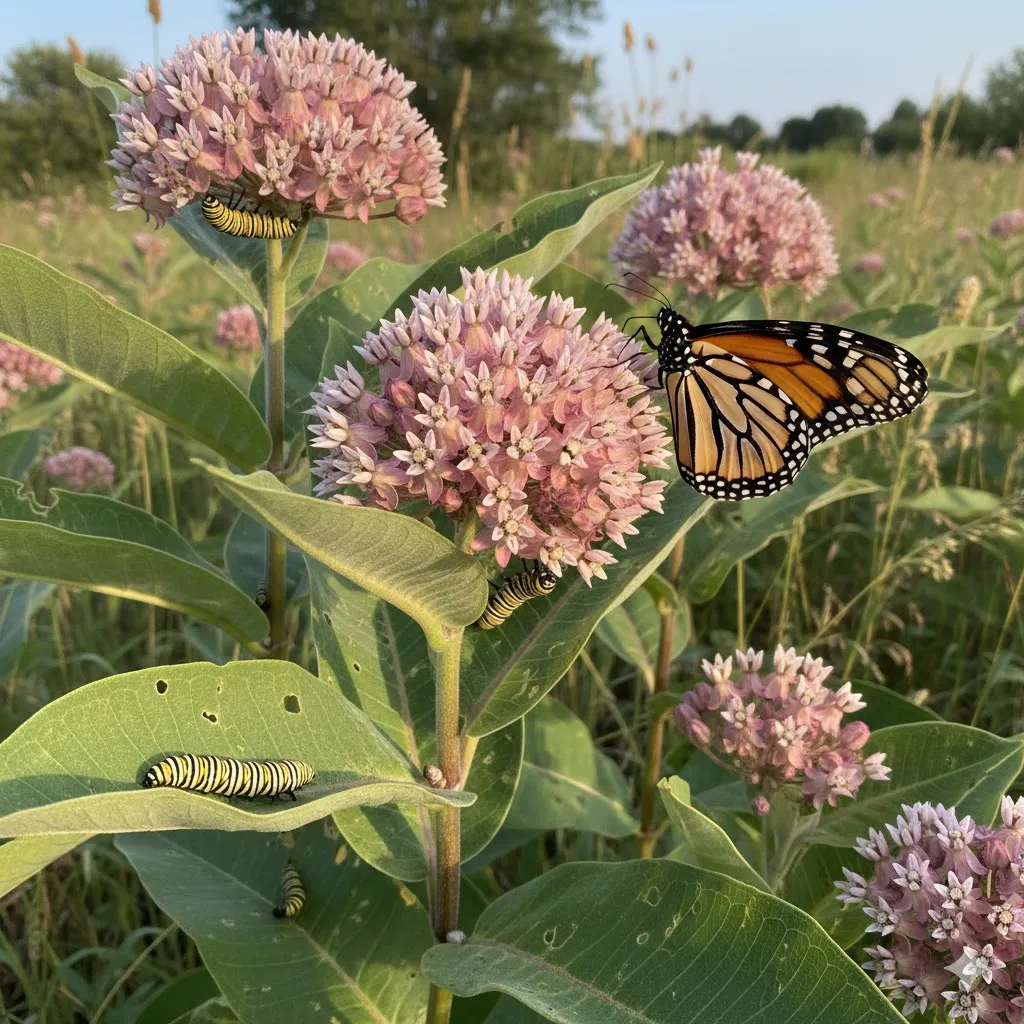
A popular choice for beginner gardeners, this tall milkweed grows easily in sunny areas. It produces fragrant pink flowers that attract monarchs and other pollinators.
2. Swamp Milkweed (Asclepias incarnata)
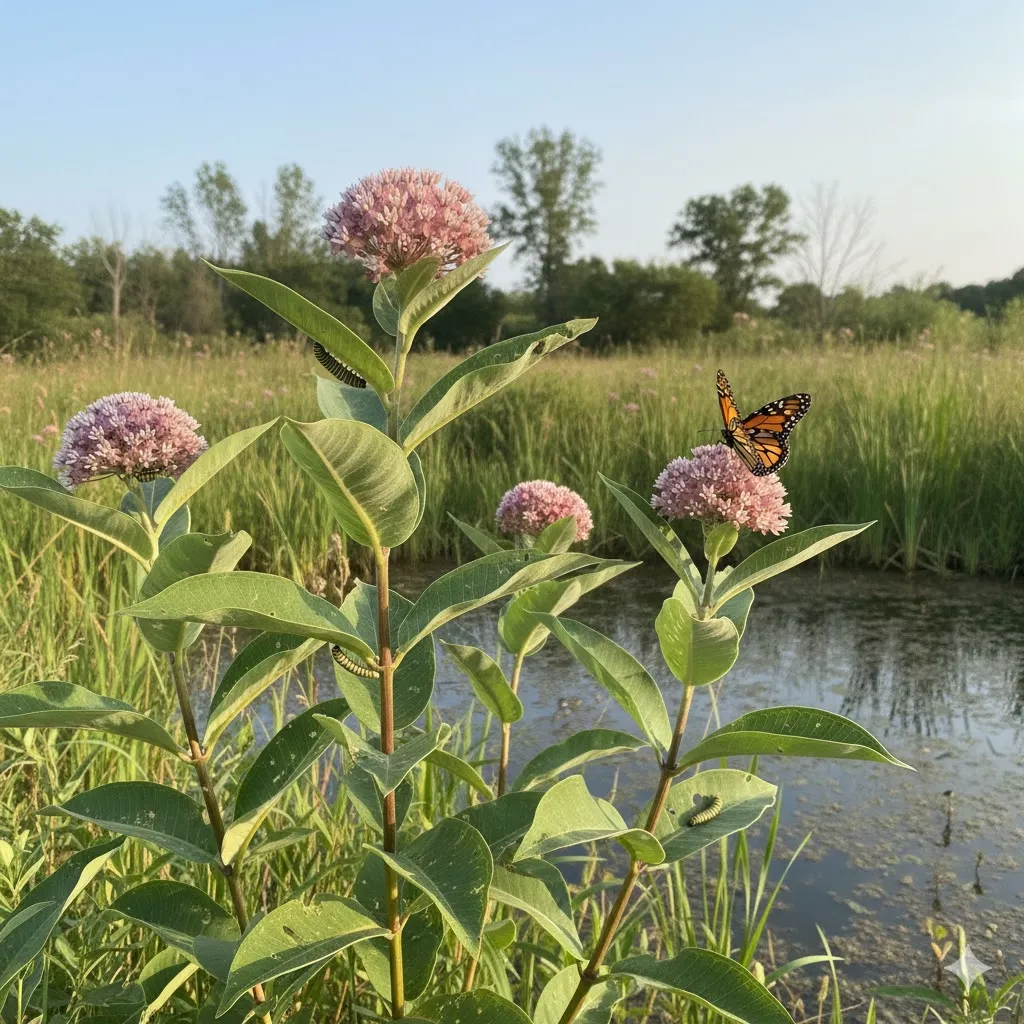
Perfect for wetter soil, swamp milkweed thrives near ponds or rain gardens. Its bright pink blooms are a monarch favorite.
3. Butterfly Weed (Asclepias tuberosa)
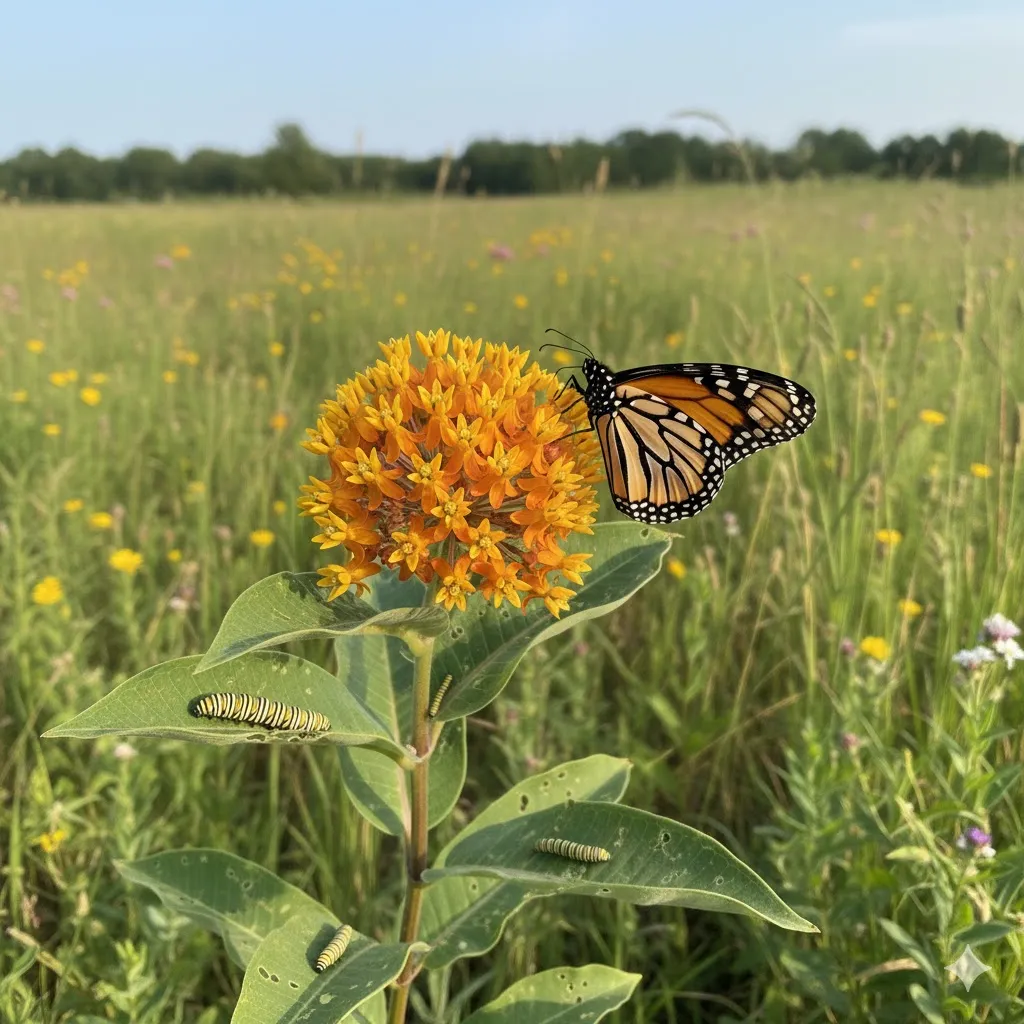
Known for its bold orange flowers, this variety loves dry, sunny spots. It adds color to your garden while supporting monarch caterpillars and adult butterflies.
4. Showy Milkweed (Asclepias speciosa)
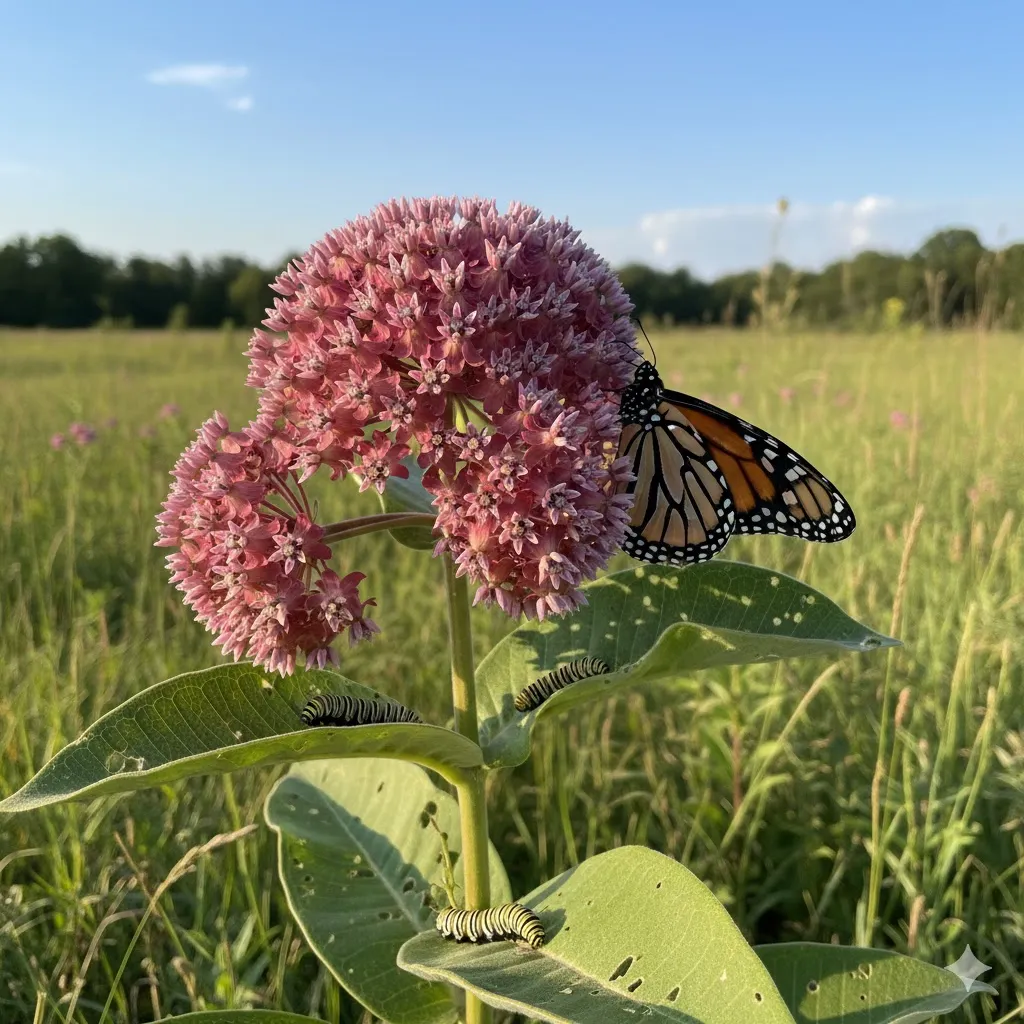
This plant stands out with star-shaped flowers and soft, fuzzy leaves. It grows best in dry climates and is highly attractive to monarchs.
5. Purple Milkweed (Asclepias purpurascens)
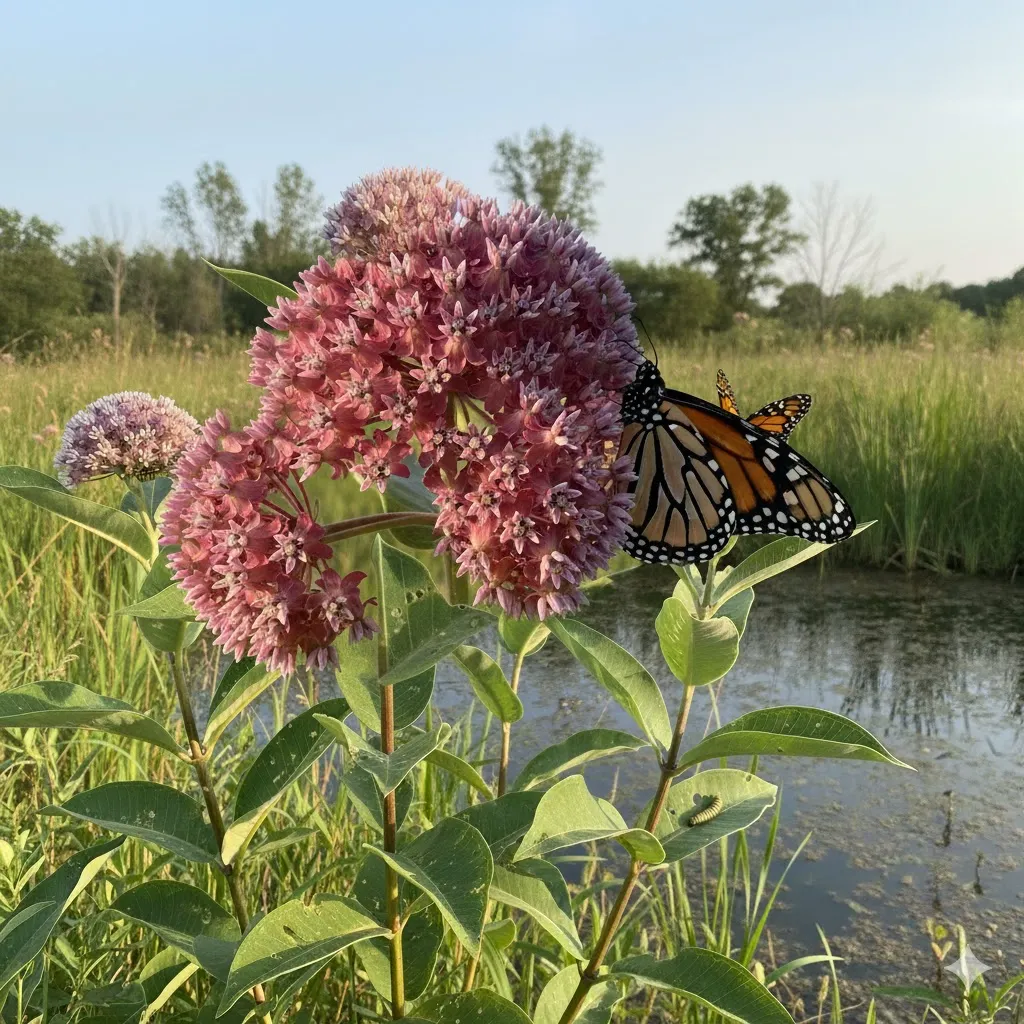
A rarer variety, purple milkweed features deep-colored blooms and thrives in woodland edges. It’s great for gardeners wanting something unique.
6. Whorled Milkweed (Asclepias verticillata)

This narrow-leaf species is easy to grow and spreads gently. It provides steady food for caterpillars throughout the summer.
7. Mexican Whorled Milkweed (Asclepias fascicularis)
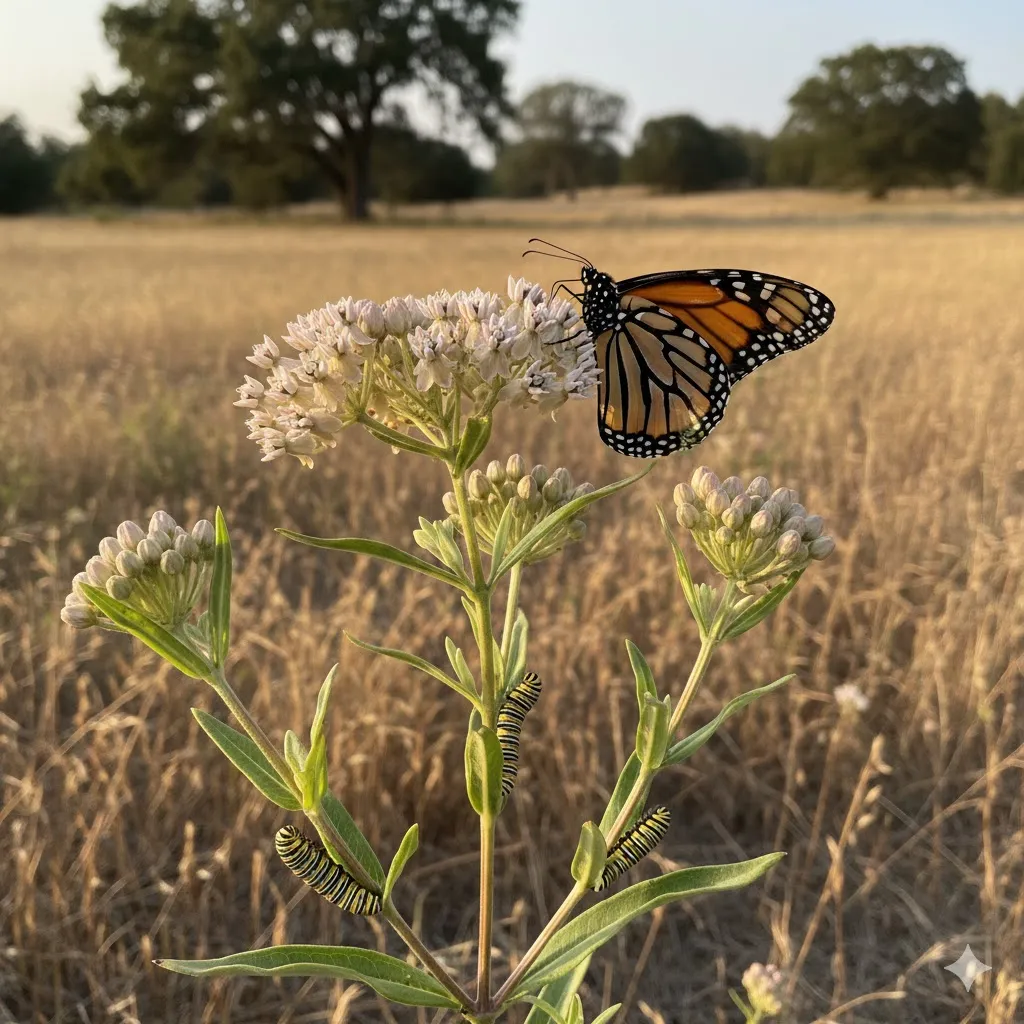
Common in western regions, this plant grows tall and slender with pale flowers. It’s drought-tolerant and ideal for hot climates.
8. Prairie Milkweed (Asclepias sullivantii)
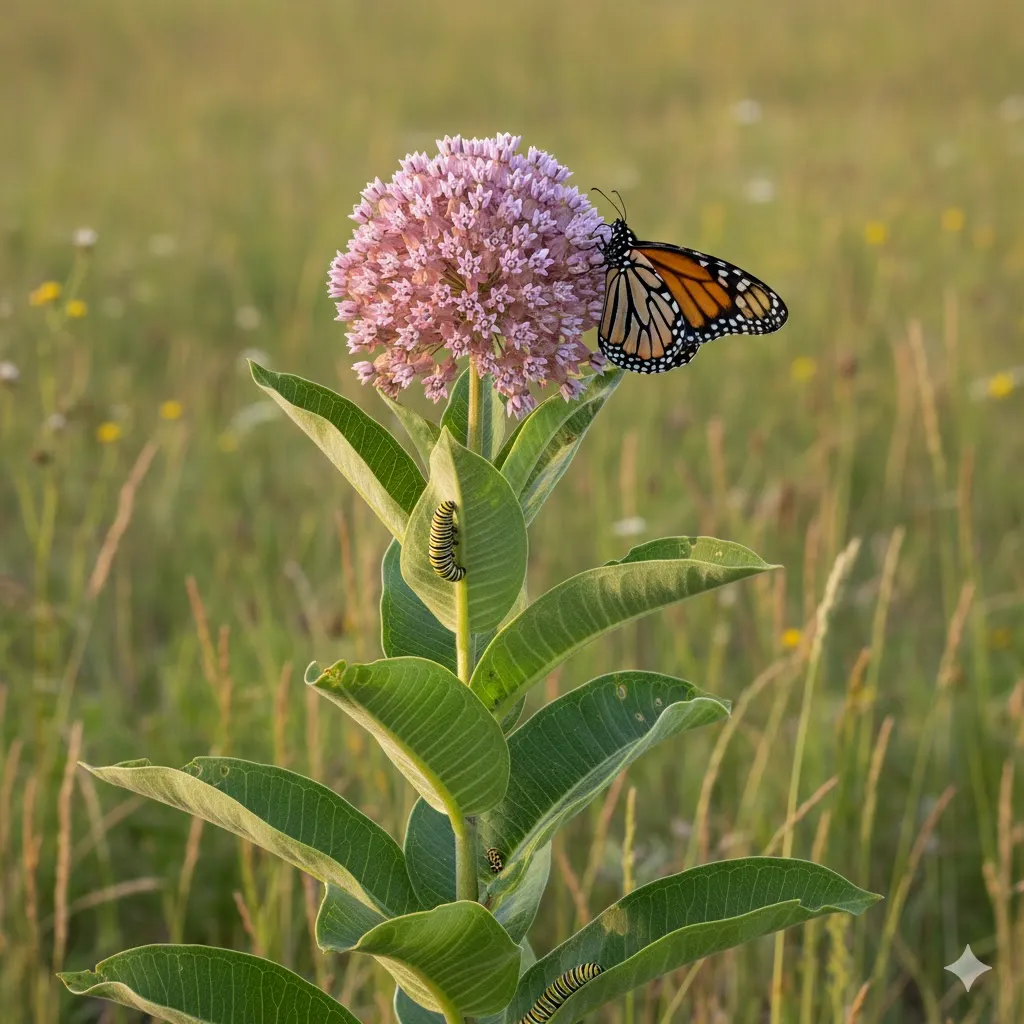
Also known as Sullivant’s milkweed, this species closely resembles common milkweed but is shorter and easier to manage in small gardens.
9. Green Milkweed (Asclepias viridiflora)

This subtle, green-flowering plant is perfect for gardeners who want a low-key, natural-looking option. Its flowers are small but rich in nectar.
10. Tall Green Milkweed (Asclepias hirtella)
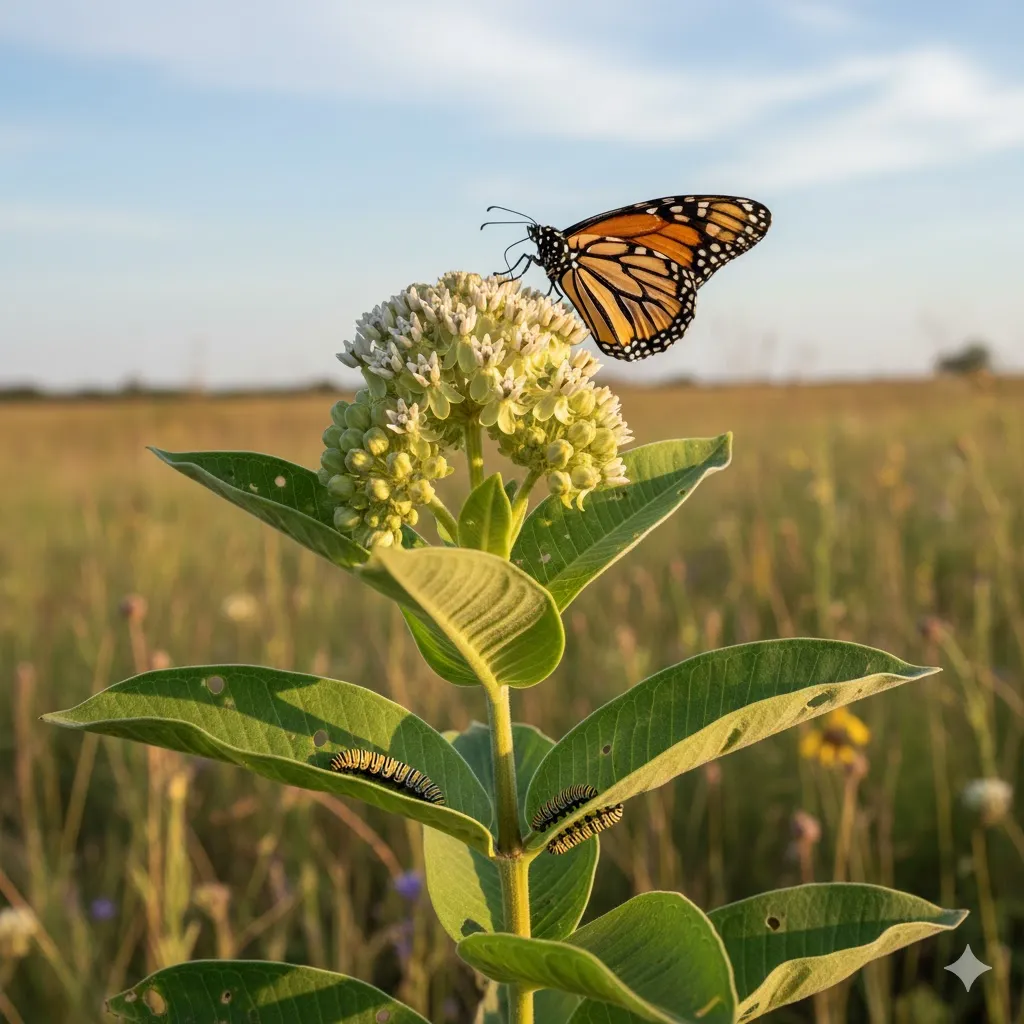
With long stems and pale blooms, this variety thrives in prairies and sunny meadows. It’s a great addition to pollinator gardens.
11. Antelope Horn Milkweed (Asclepias asperula)
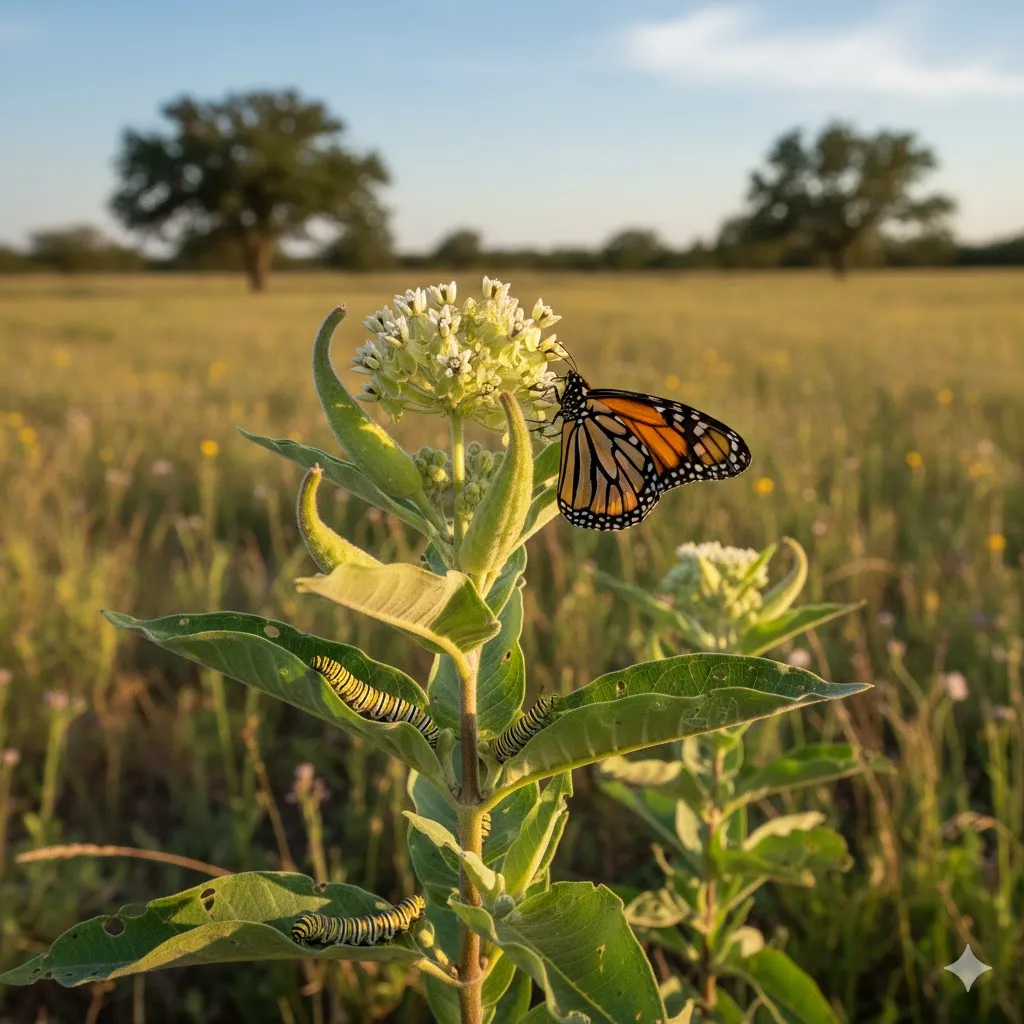
A unique option with curved seed pods and creamy flowers, this plant thrives in dry, sandy soil and supports monarchs in warm regions.
Conclusion
These 11 Best Milkweed to Grow for Monarch Butterflies show that there are plenty of options for gardeners who want to help protect these beautiful insects. Whether you choose bright orange butterfly weed or the classic common milkweed, your garden can play an important role in the monarch migration cycle. Planting a variety of milkweed types for the 11 Best Milkweed to Grow for Monarch Butterflies that gives caterpillars more food sources and adult butterflies more places to visit. Start with one or two varieties, and soon you’ll see your garden come alive with color, movement, and purpose.







